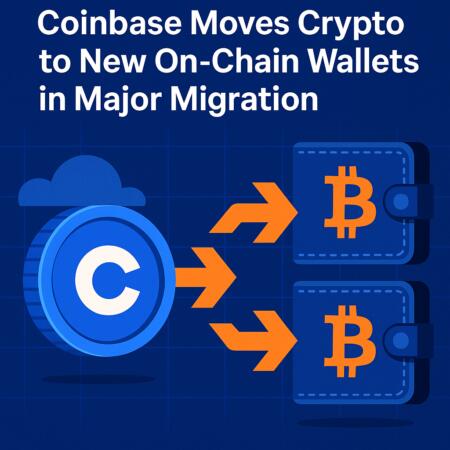Cardano Network Experiences Temporary Chain Split Due to Software Exploit
The Cardano blockchain faced a brief but significant disruption on Friday caused by a network split stemming from a corrupted delegation transaction. While valid on the protocol level, the malformed transaction exploited an outdated software bug, leading to a chain partition and disagreement among nodes on processing transactions.
This incident highlights vulnerabilities in the network’s software infrastructure, with the exploit traced back to a staking pool operator using AI-generated code to push the malicious transaction. The operator, known as Homer J, has publicly accepted responsibility for the disruption, which was triggered by an old bug in the underlying software library used by Cardano.
In response, staking pool operators were instructed to update their node software to the latest version, aiming to recover the chain and prevent further issues. Despite these efforts, concerns remain over potential orphaned transactions and double-spend risks, which could lead to economic losses for some ADA holders.
The incident was caused by Homer J, who utilized AI-assisted code to execute the malicious transaction, sparking debate within the community. While some members see this as an inadvertent lesson highlighting blockchain vulnerabilities, others, including Cardano founder Charles Hoskinson, consider it a deliberate attack on the network.
Hoskinson revealed that the FBI has launched an investigation into the breach, emphasizing the severity of the attack. In a statement, he characterized the act as a serious felony involving tampering with digital infrastructure, likening it to cyber warfare that impacts millions of users globally.
“This disturbed a digital economy affecting real people’s finances. It’s akin to a cyberattack on a nation-state,” Hoskinson stated.
Despite the incident, ADA’s price showed only modest fluctuations, declining from around $0.44 before the event to approximately $0.40 afterward. This relative market calm may be attributed to broader crypto market conditions, which have experienced ongoing downturns since October, marked by sharp liquidations during a historic flash crash.
Market observers noted that the network disruption went largely unnoticed by most users, with some commenting that Cardano’s low activity levels diminish the immediate market impact of such technical issues.
Nevertheless, this event underscores critical questions about network security and stability, especially as blockchain technology becomes increasingly integral to financial and digital assets ecosystems.



